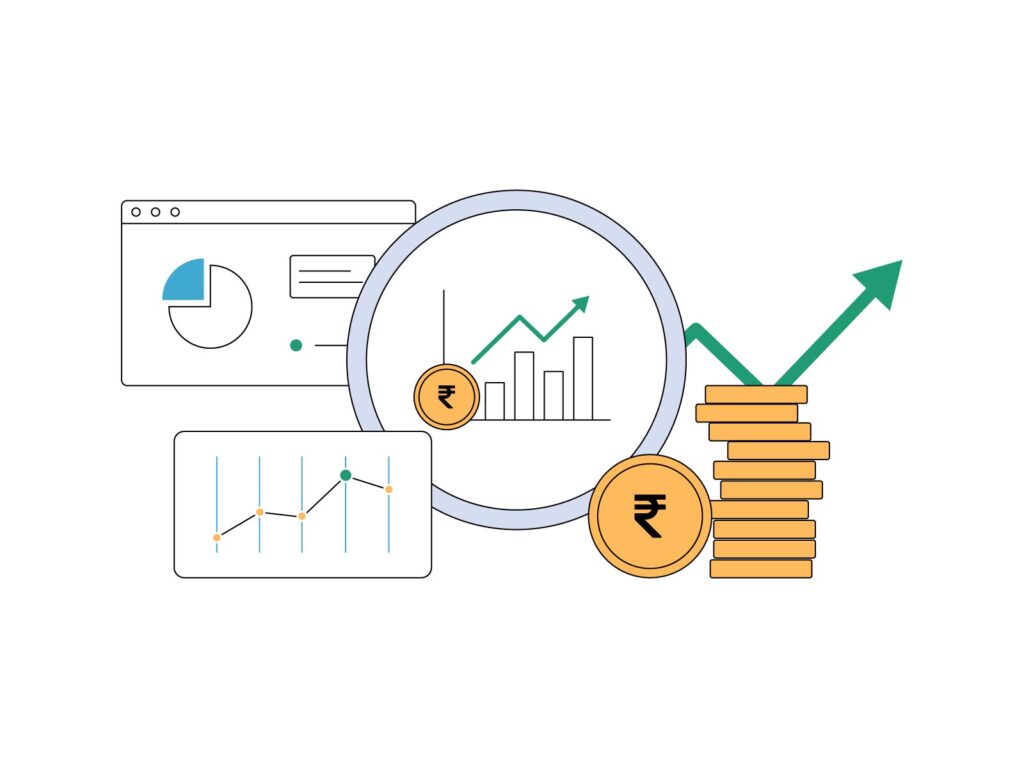Paid Marketing: How to Boost Your ROI Without Breaking the Bank
How to Boost Your ROI Without Breaking the Bank
Today, we’re diving into the world of paid marketing and how to make every dollar count. Whether you’re just starting out or looking to optimize your existing campaigns, this guide will help you maximize your return on investment (ROI) without emptying your wallet.

The Balancing Act: Budget vs. Effectiveness
Let’s face it: we all want stellar results, but we also need to keep an eye on our bottom line. The good news? You don’t need a Fortune 500 budget to see real returns. Here’s how to strike that perfect balance:
- Start Small, Think Big: Begin with a modest budget and gradually increase it as you see results. This approach allows you to test the waters without risking too much upfront.
- Focus on High-Impact Channels: Not all marketing channels are created equal. Identify where your target audience spends most of their time and prioritize those platforms.
- Leverage Automation: Use tools that automate bidding and ad placement. They can help optimize your spend in real-time, often leading to better results than manual management.
Strategies to Boost Your ROI
Now, let’s get into the nitty-gritty of maximizing your ROI:
1. Nail Your Targeting
The key to efficient spending is reaching the right people. Use these techniques:
- Lookalike Audiences: If you have a list of existing customers, use it to create lookalike audiences on platforms like Facebook or Google.
- Retargeting: Focus on people who’ve already shown interest in your product or service.
- Geographic and Demographic Targeting: Narrow down your audience based on location, age, interests, and behaviors.
2. Craft Compelling Ad Copy
Great targeting won’t matter if your ads don’t resonate. Here’s how to make them pop:
- Highlight Benefits: Focus on how your product or service solves a problem or improves lives.
- Use Strong CTAs: Tell people exactly what you want them to do next.
- A/B Test: Create multiple versions of your ads and see which performs best.
3. Optimize Your Landing Pages
Your ad is just the beginning. Make sure your landing pages convert:
- Keep It Focused: Each landing page should have a single, clear purpose.
- Make It Fast: A slow-loading page can kill your conversion rate.
- Mobile-Friendly: With more people browsing on mobile, your pages need to look great on all devices.
4. Track and Measure Everything
You can’t improve what you don’t measure. Here’s what to keep an eye on:
- Set Up Proper Tracking: Use tools like Google Analytics to track conversions, not just clicks.
- Monitor Key Metrics: Focus on metrics that truly matter to your business, like Cost Per Acquisition (CPA) or Return on Ad Spend (ROAS).
- Regular Reporting: Set up weekly or monthly reports to stay on top of your campaign performance.
Real-World Example: The Small Business Success Story
Let’s look at how “Sarah’s Sustainable Soaps” put these strategies into action:
Sarah started with a modest budget of $500/month for Facebook ads. She created lookalike audiences based on her existing customers and focused on retargeting website visitors. By crafting ads that highlighted the eco-friendly benefits of her products and using strong “Shop Now” CTAs, she saw her click-through rates double.
Sarah also optimized her landing pages to focus on her bestselling products and included customer testimonials. The result? Her conversion rate increased by 50%, and her overall ROI jumped from 2:1 to 5:1 within three months.
Challenges and How to Overcome Them
Of course, paid marketing isn’t without its hurdles. Here are some common challenges and how to tackle them:
- Rising Ad Costs: As more businesses flock to digital advertising, costs can increase. Combat this by constantly refining your targeting and improving your ad quality score.
- Ad Fatigue: People can get tired of seeing the same ads. Regularly refresh your ad creative and try new formats to keep things interesting.
- Attribution Issues: It can be tricky to determine which ads led to conversions, especially with longer sales cycles. Use multi-touch attribution models to get a more accurate picture of your campaign’s impact.
Wrapping Up
Remember, boosting your ROI isn’t about spending more—it’s about spending smarter. Start by implementing these strategies, closely monitor your results, and don’t be afraid to adjust your approach as you learn what works best for your business.
Have you tried any of these techniques? Or do you have a success story of your own to share? Drop a comment below—I’d love to hear about your experiences with paid marketing!
Happy marketing, and here’s to seeing those ROI numbers climb! 📈
Here’s a possible conclusion paragraph to wrap up the article:
As the digital landscape continues to evolve, effective paid marketing is more important than ever. By following these strategies and adapting to industry trends, you can maximize your ROI and drive meaningful results for your business. Remember, it’s not just about spending money; it’s about spending it wisely.





